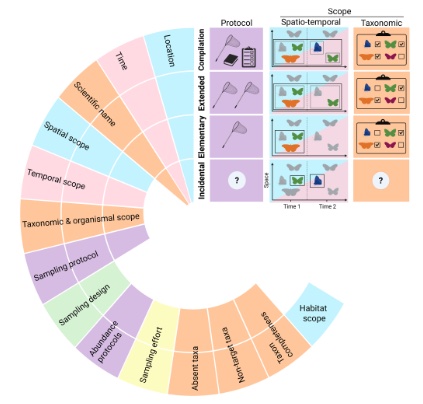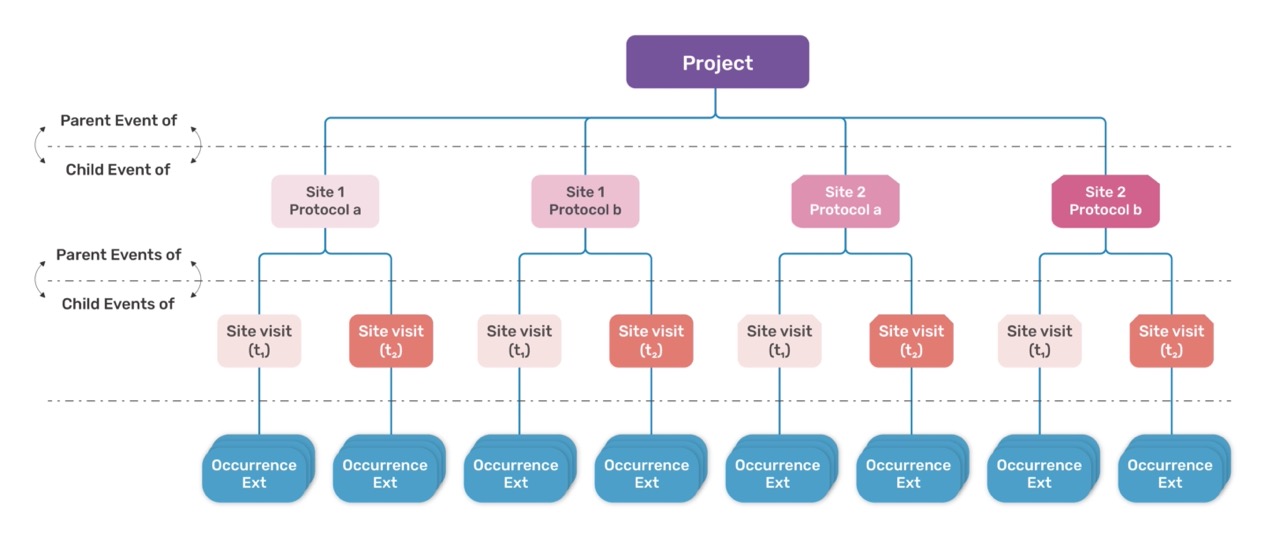Published: Aug 6, 2023 by Steve Baskauf
I recently finished building an Omeka digital collection for images from the files of Bassett Associates, a landscape architectural firm that operated for over 60 years in Lima, Ohio. This award-winning firm, which disbanded in 2017, was well known for its zoological design work and also did ground-breaking work in incorporating storm water retention as part of landscape site design.
During the process of building the site, I figured out how to use Amazon Web Services (AWS) to implement all of the features of a production Omeka Classic instance. I describe what I learned in a blog post and have also published detailed instructions that should allow someone with patience and moderate command line skills to replicate what I’ve done.
Operating Omeka on AWS is quite affordable. Including the EC2 cloud server, S3 file storage, and a custom domain name, the total cost to operate the site is about US$10 per month.
To view the completed site, visit https://bassettassociates.org/archive/.
Image at top of page: James H. Bassett, “African Plains,” Bassett Associates Archive, accessed August 6, 2023, https://bassettassociates.org/archive/items/show/415. Available under a CC BY 4.0 license.
Image at side: James H. Bassett, “Okapi,” Bassett Associates Archive, accessed August 6, 2023, https://bassettassociates.org/archive/items/show/337. Available under a CC BY 4.0 license.


